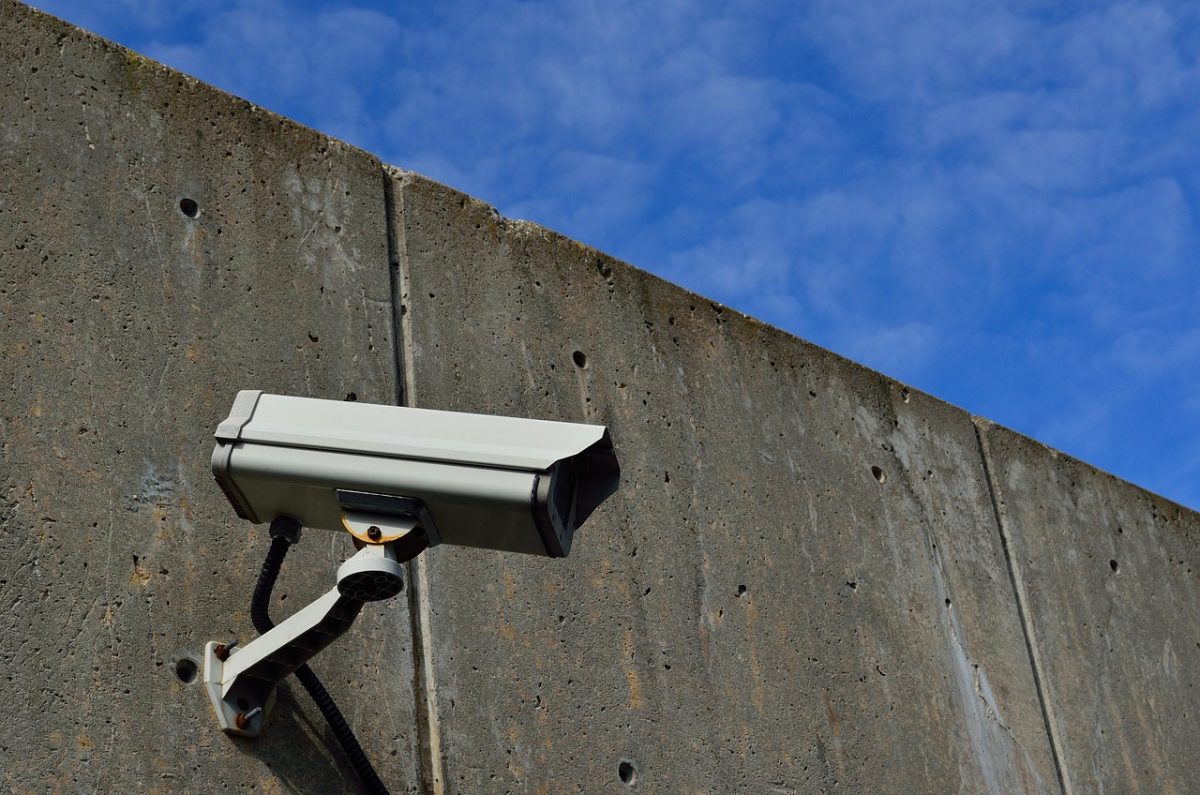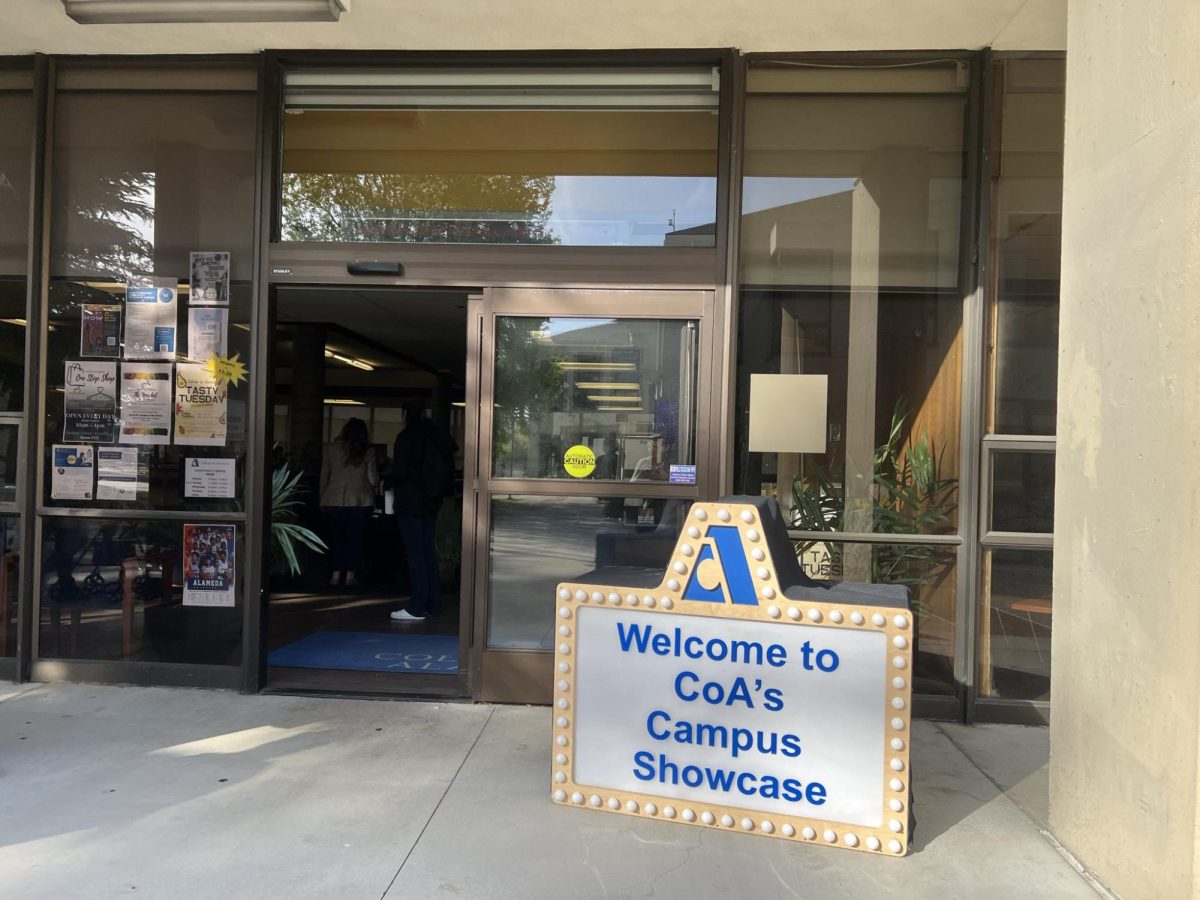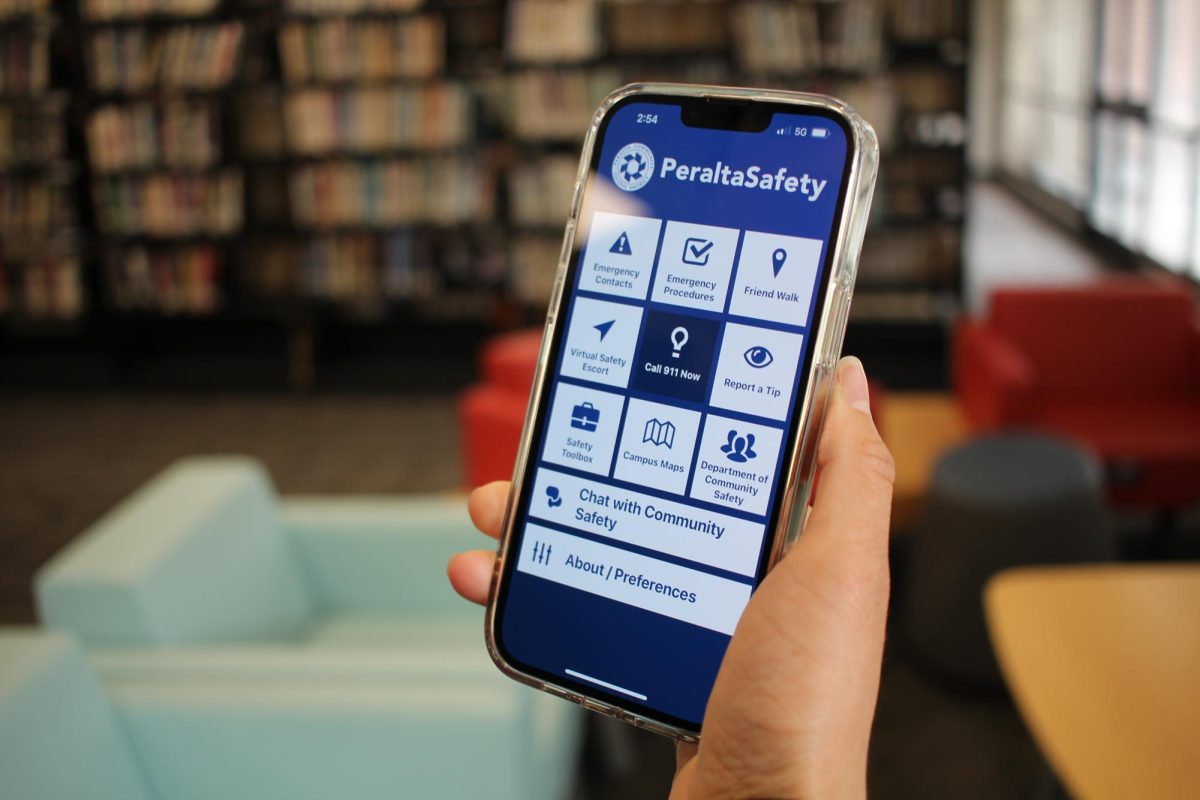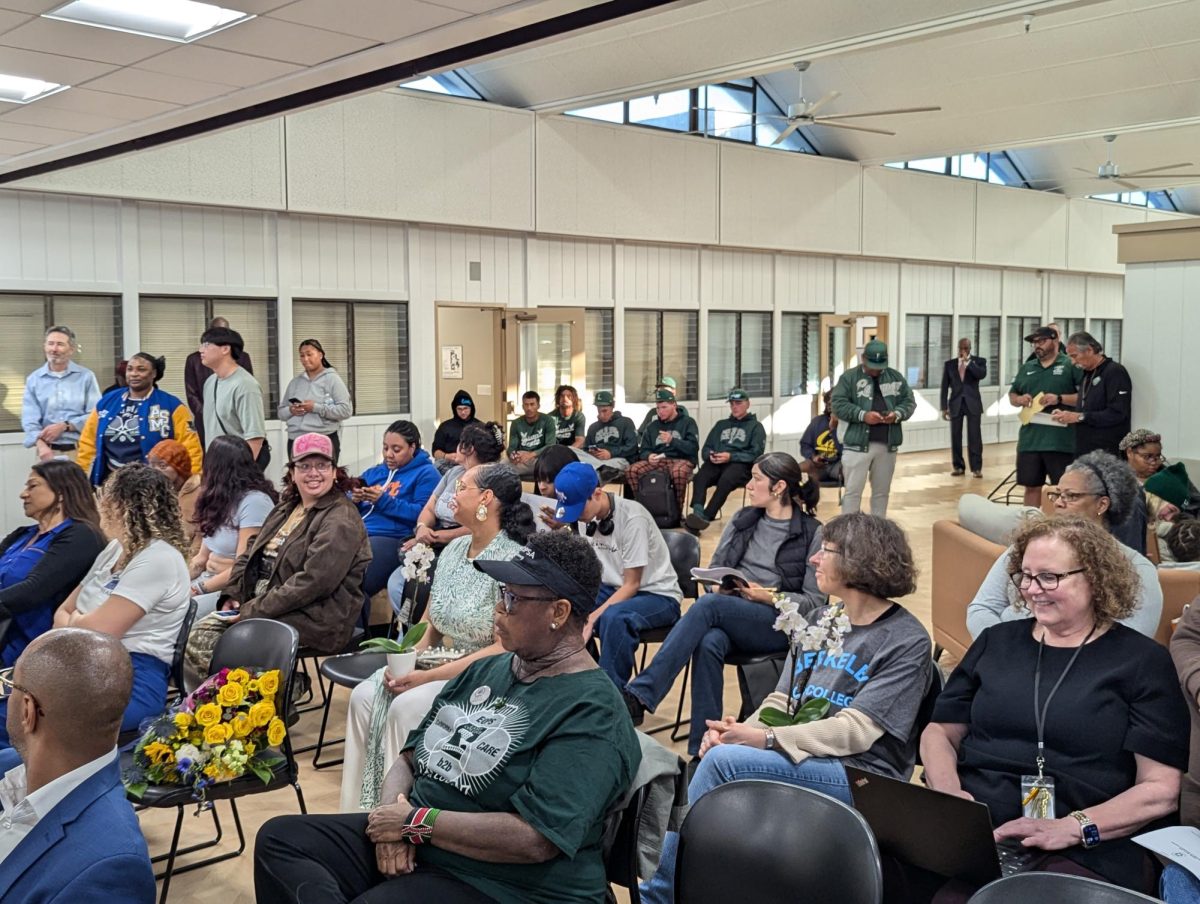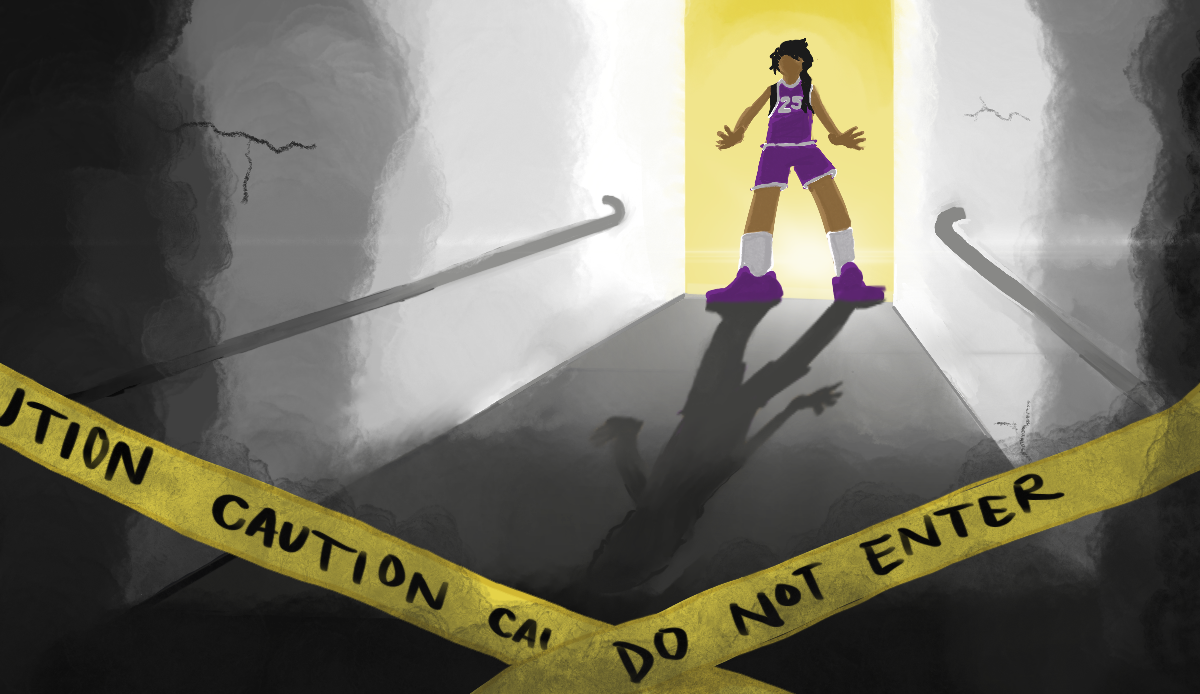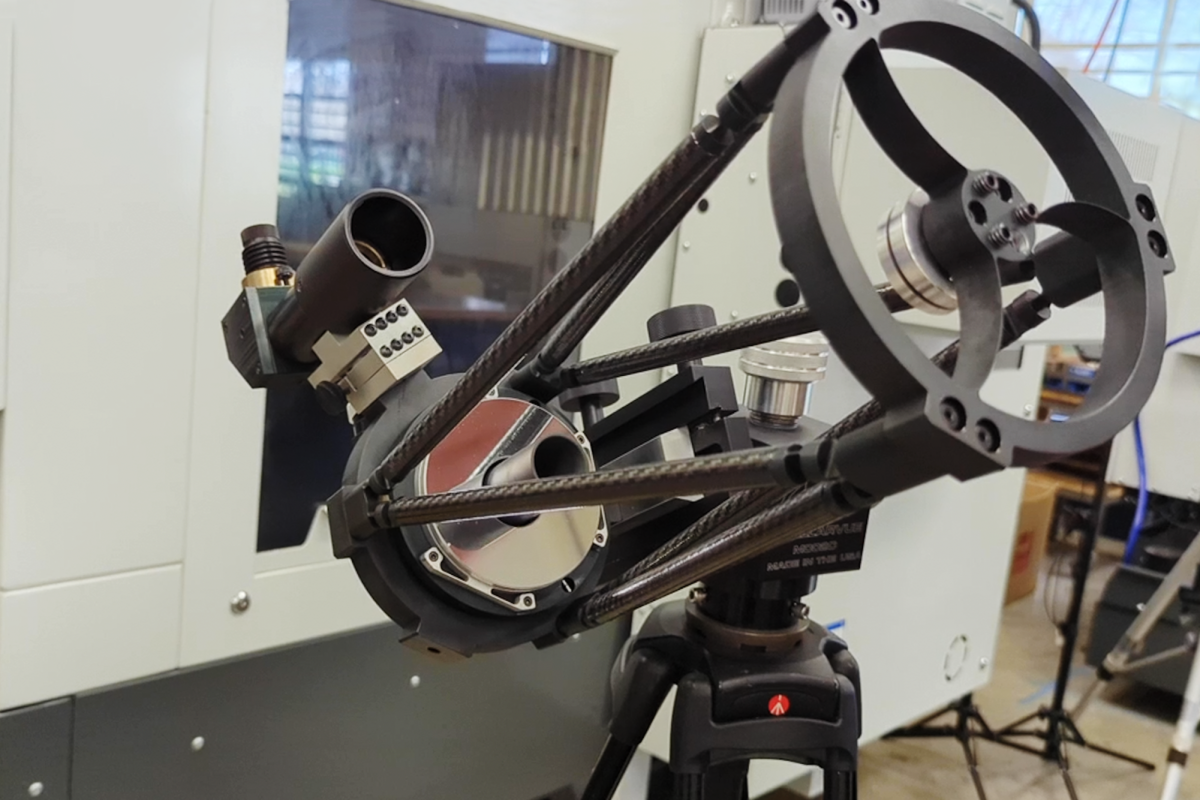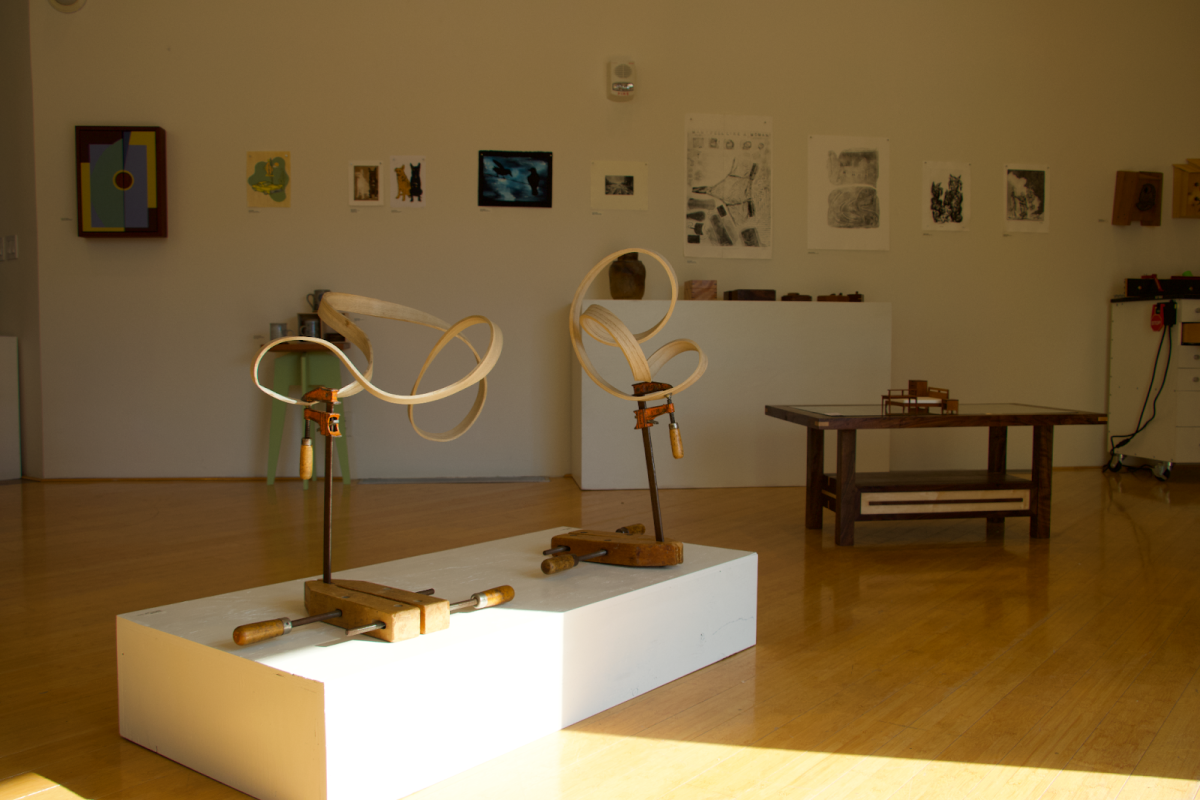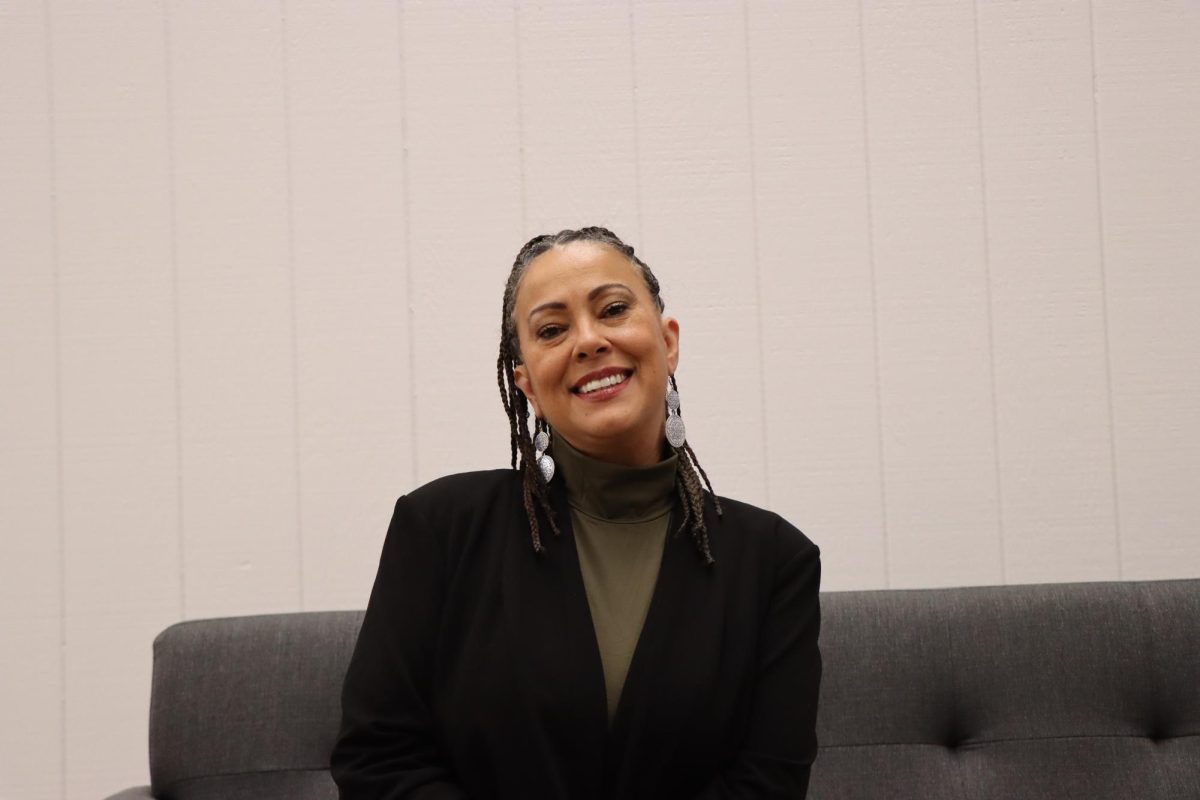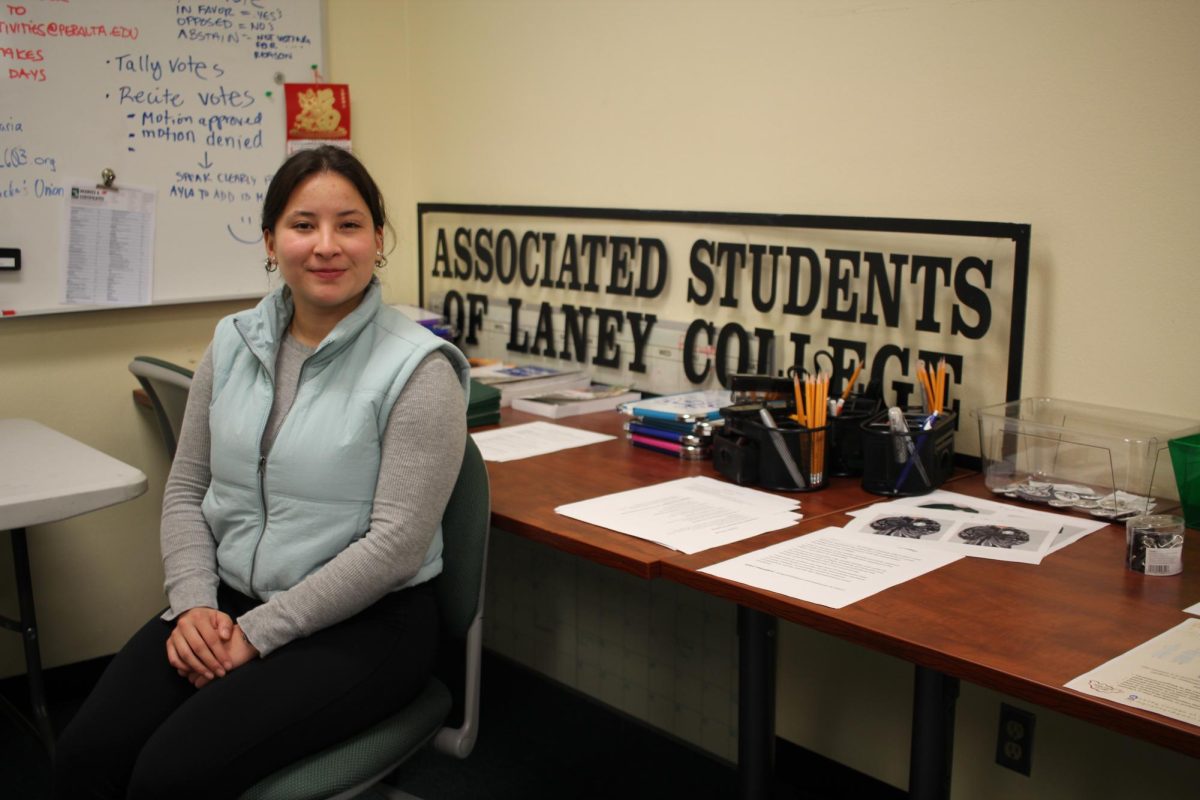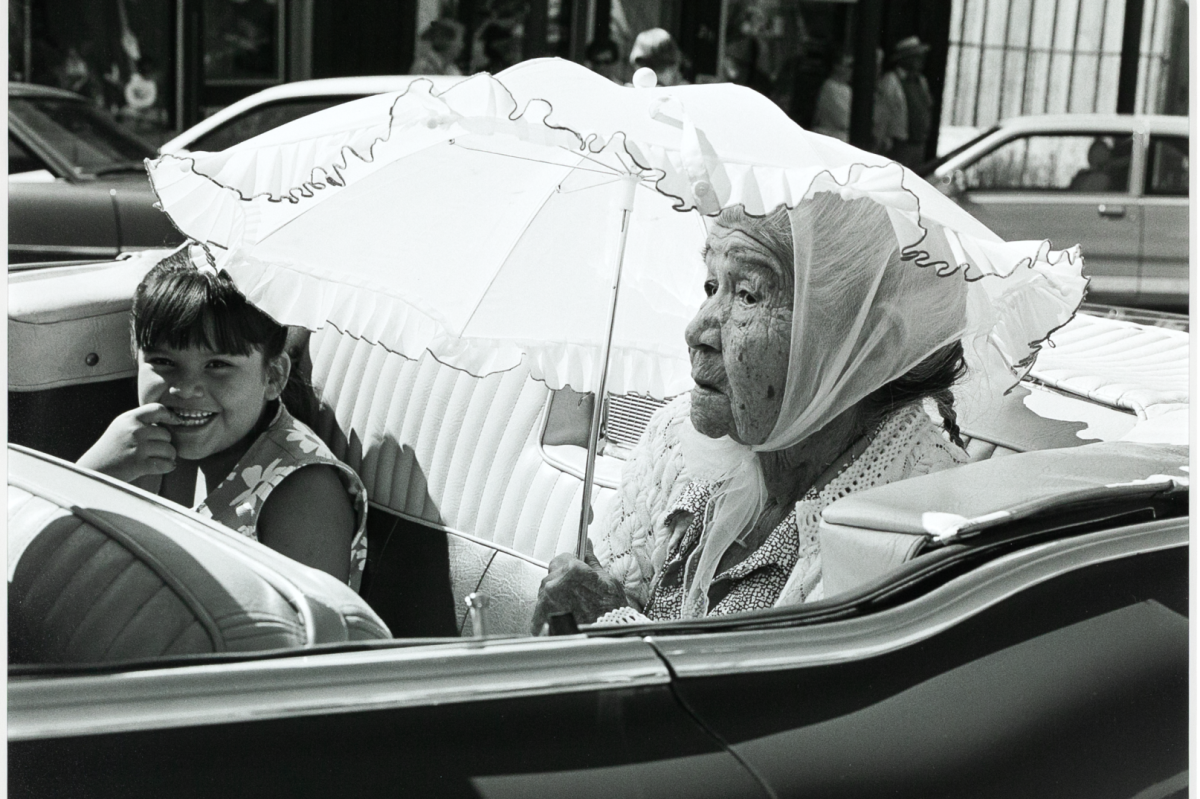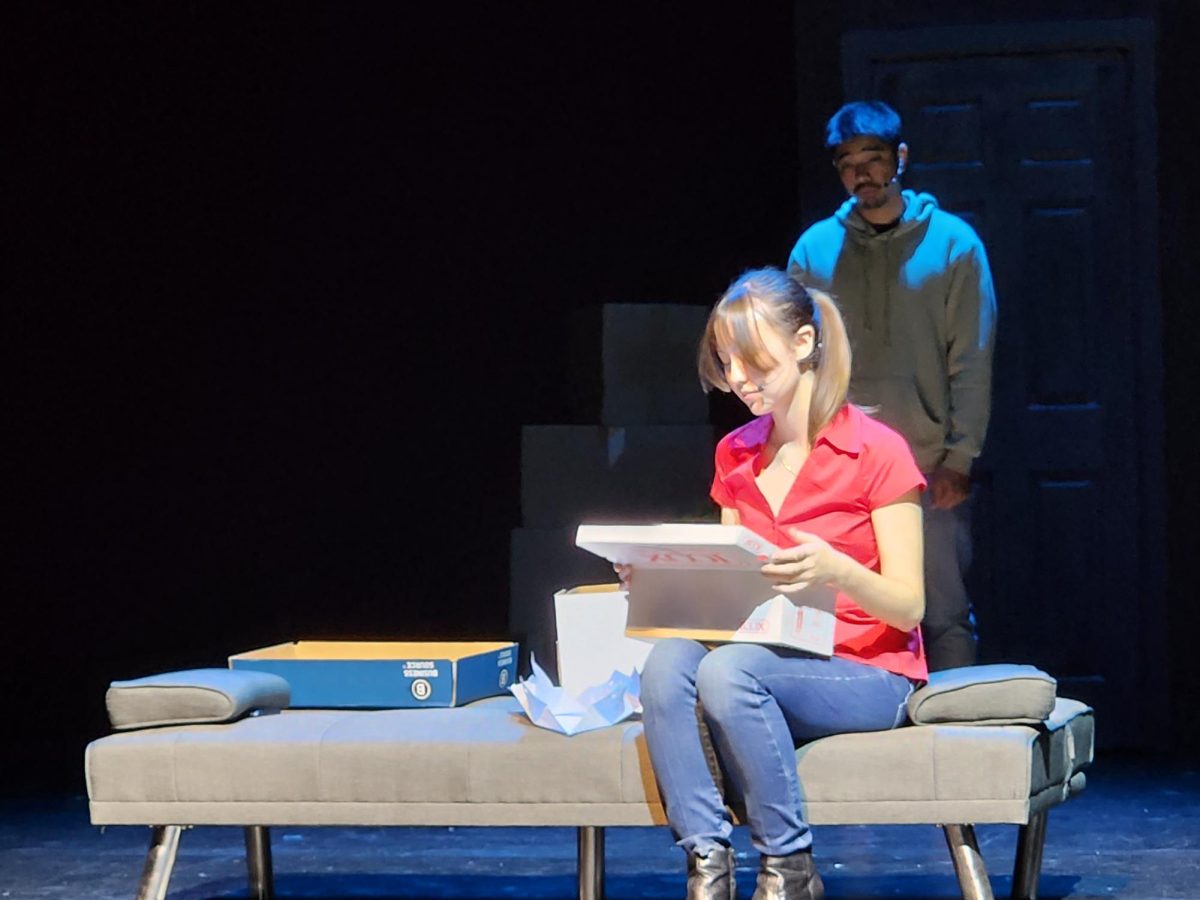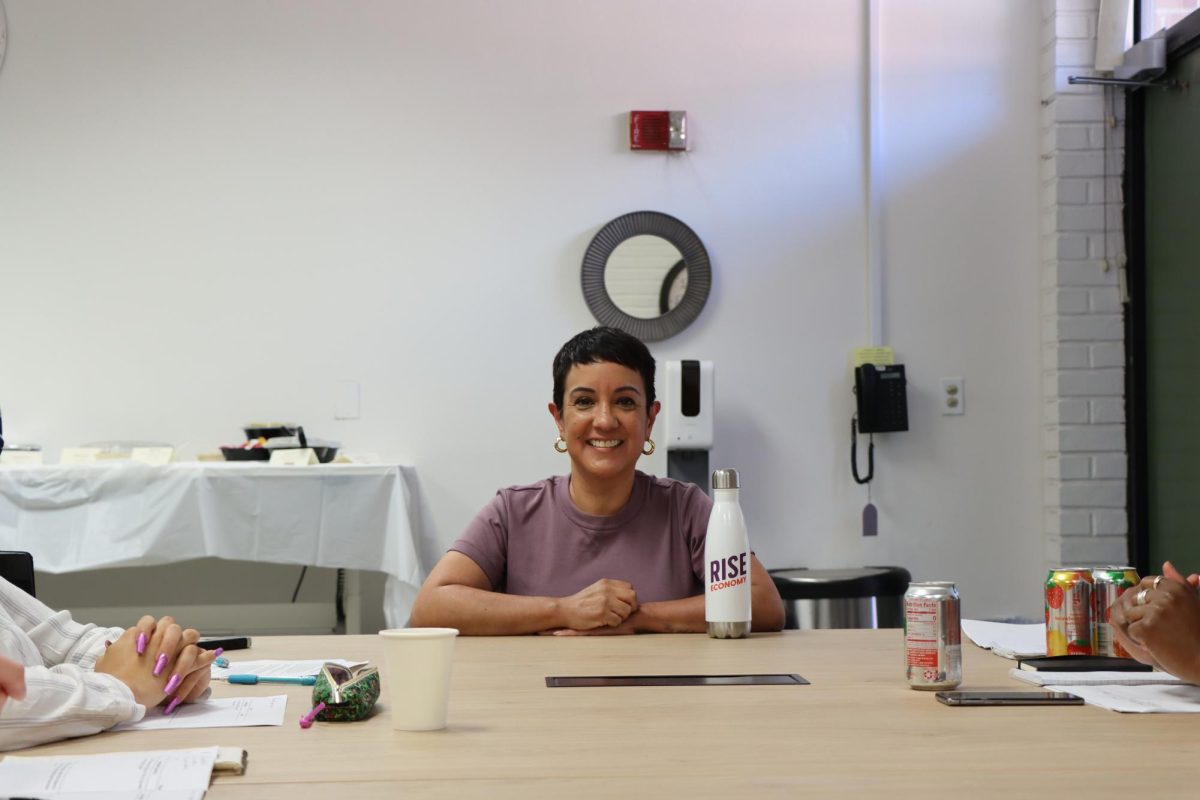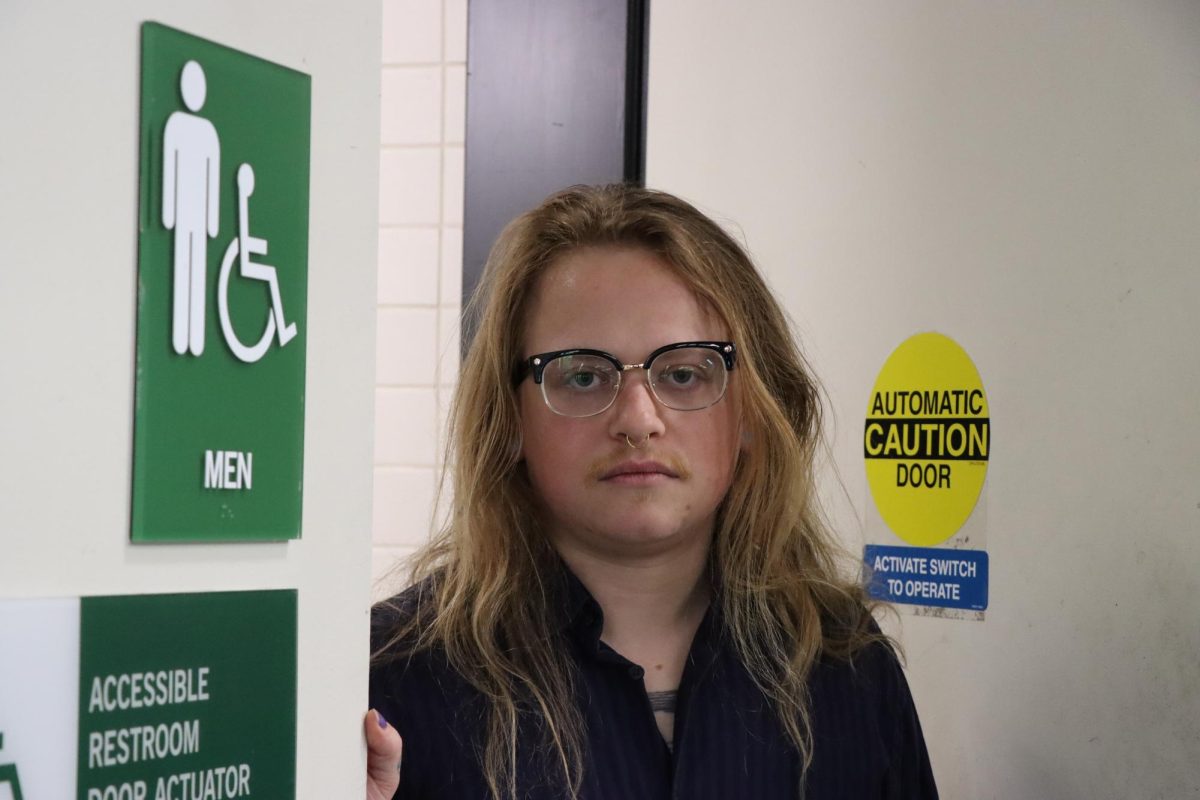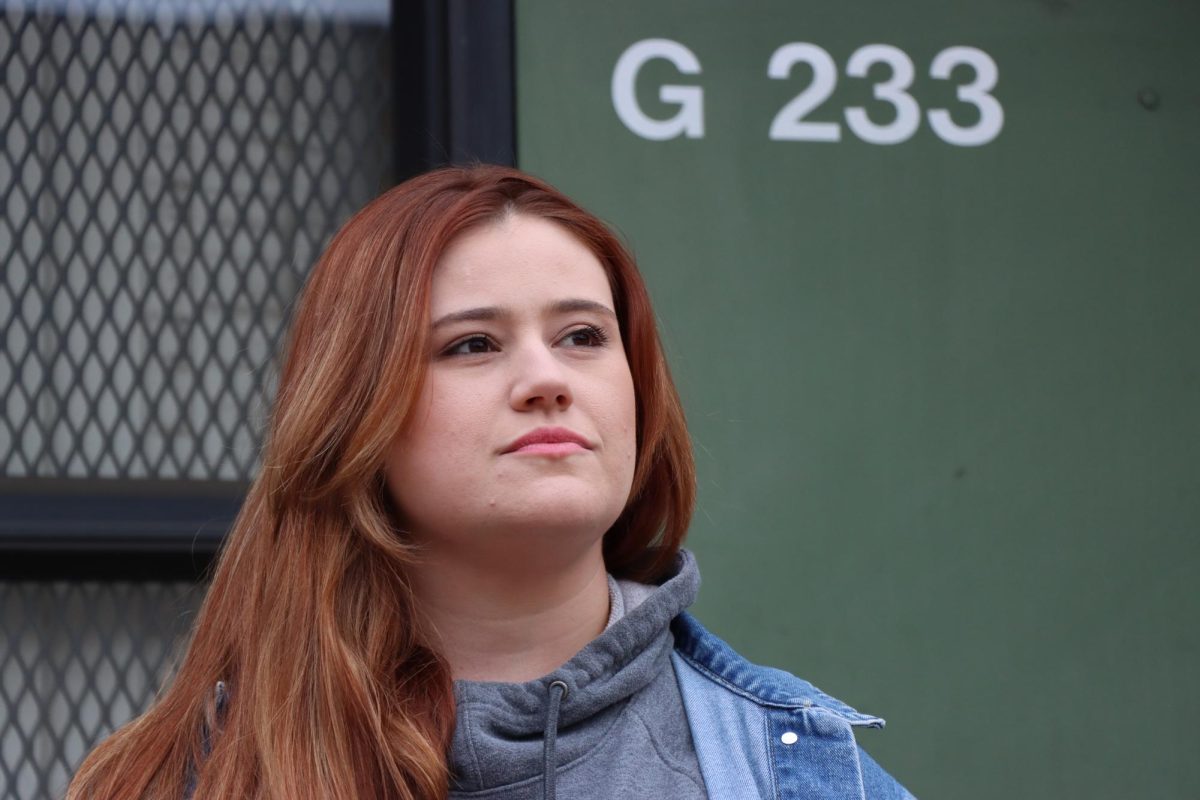
It’s all about enhancing ‘neural’ communication
by Thayer Robins
So far this column has focused entirely on improving your brain through exercising brain function. To understand how this works, it helps to know a bit about brain structure.
The smallest unit of activity is the neuron. The information contained in a single neuron wouldn’t get anyone very far, so an adult brain has a lot of them — around 100 billion. Improving your brain does not mean growing more neurons, though this may happen (look up “neurogenesis”).
Brains learn by building connections between neurons, creating complex neural networks. The more numerous and sophisticated these networks, the more effectively your brain can operate.
Learning is the process of building, refining, and reinforcing these neural networks. One of the best ways to do so is with focused repetition.
Our brains love it when we approach a new task with full attention, starting slowly, isolating individual steps, exploring different options, attending to and mastering each detail. This gives the brain the info it needs to make new connections and build an efficient network.
These neural networks routinely span multiple brain regions. That’s because the brain is more-or-less divided into areas of specialization, with the most important being the two hemispheres: left and right.
In a brain with normal structure, the left hemisphere handles more logical, detail-heavy tasks, like language and mathematics. It also controls the right side of the body. The right hemisphere handles creative, big-picture thinking and controls your left side.
Reading problems often stem from failures of the brain’s two hemispheres to communicate. That’s because reading draws heavily on both hemispheres, with the left converting symbols into words and the right providing meaning and context.
To read fluently and with understanding, the brain must be able to cross the midline between hemispheres with ease. When instead it struggles or fails to connect, reading becomes difficult or worse.
Some remedial programs use physical movement to develop pathways that cross this crucial midline. By stimulating the brain to repeatedly coordinate left and right, these programs strengthen the ability to use both hemispheres in all activities, not only physical processes but mental and emotional processes as well.
One program that does so is Brain Gym, developed by educators Paul and Gail Dennison. To see its core exercises, search for “26 brain gym exercises.”
For demonstration videos, search youtube for “brain gym Dorothea Bassett” or check out these videos: Brain Gym & Psychomotoric exercises, Cross Crawl Demo, Efficiency balance, Get focused with Lengthening Exercises, Eye-hand Co-ordination & Vision Skills with Midline Movements, Kinesiology practitioner talking about PACE.
Thayer Robins is a Tower staff writer. You can reach her at bavx-at-daytree.net.

